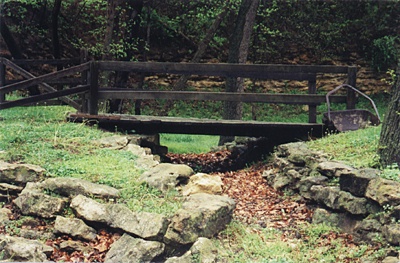All Nonfiction
- Bullying
- Books
- Academic
- Author Interviews
- Celebrity interviews
- College Articles
- College Essays
- Educator of the Year
- Heroes
- Interviews
- Memoir
- Personal Experience
- Sports
- Travel & Culture
All Opinions
- Bullying
- Current Events / Politics
- Discrimination
- Drugs / Alcohol / Smoking
- Entertainment / Celebrities
- Environment
- Love / Relationships
- Movies / Music / TV
- Pop Culture / Trends
- School / College
- Social Issues / Civics
- Spirituality / Religion
- Sports / Hobbies
All Hot Topics
- Bullying
- Community Service
- Environment
- Health
- Letters to the Editor
- Pride & Prejudice
- What Matters
- Back
Summer Guide
- Program Links
- Program Reviews
- Back
College Guide
- College Links
- College Reviews
- College Essays
- College Articles
- Back
United States Infrastructure: A Failure Tolerated for Too Long
I recall that the adults in my life, my parents, teachers, role models, and authority figures, all told me to try my hardest in school and achieve the best grades I could. Why then, does the United States settle for the “D” rating it received on its latest “Infrastructure Report Card”? With many of its roads and bridges considered “structurally deficient or functionally obsolete,” the country should invest money into making this infrastructure safe for citizens to use. However, instead of doing so, the country has proposed massive budget cuts to infrastructure programs nationwide. Because cutting infrastructure spending not only wastes money in the long run but also endangers citizens’ lives, the United States should instead increase infrastructure funding.
At school, if a student fails a test or quiz, he or she can retake it. If a bridge fails at its job and collapses while citizens are on it, those lives can never be replaced. However, just like a student can choose to study to achieve more success in school, a bridge, road, water treatment plant, or other piece of infrastructure can be repaired before it degenerates and endangers people. If so, why does the government choose not to? Are people less important than money?
Another thing the United States should take into account is the long-term costs and risks associated with leaving infrastructure projects uncompleted or barely standing. For example, according to the American Society of Civil Engineers, the country’s levees earn a “D-” rating. One would think the country had learned its lesson after Hurricane Katrina. Yes, this infrastructure might hold up right now, but if another strong storm hits the coast, the country’s levees might not be able to withstand the impact and fail us again. Even though cutting infrastructure spending might temporarily save us money, the cost of reconstructing buildings, repairing power lines, and assisting people forced to leave their homes far outweighs this. Also, the money saved through the spending cuts cannot match the value of the lives lost due to disasters, especially ones that can be prevented.
Just like adults do not tolerate mediocrity from their children, the country should not tolerate the poor state its infrastructure is in. Unstable infrastructure can cause serious property damage and endanger the people of the United States, but repairing it and giving funding back to infrastructure programs prevents this.

Similar Articles
JOIN THE DISCUSSION
This article has 0 comments.
